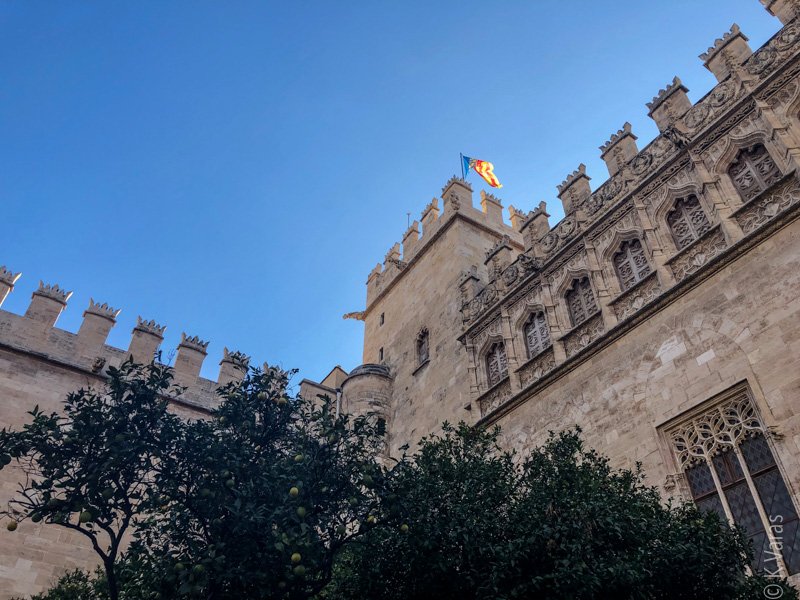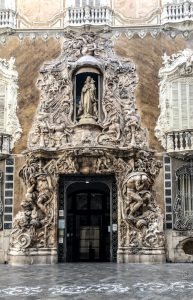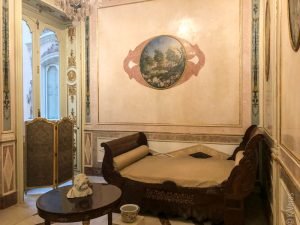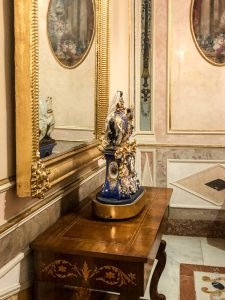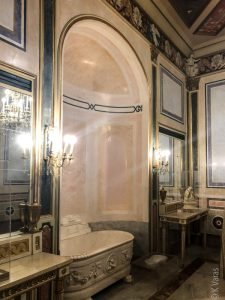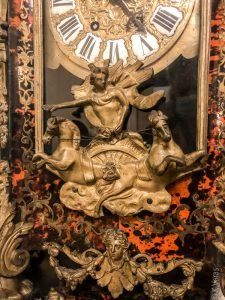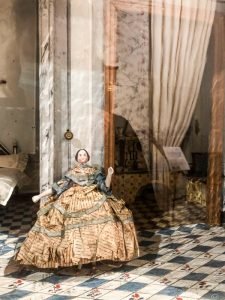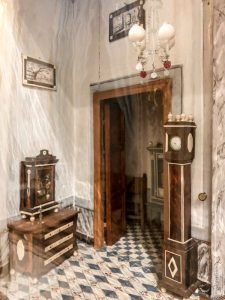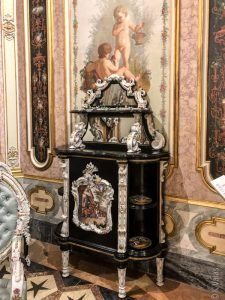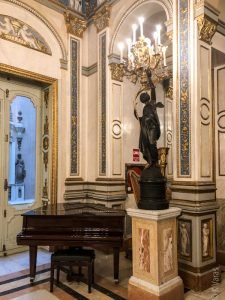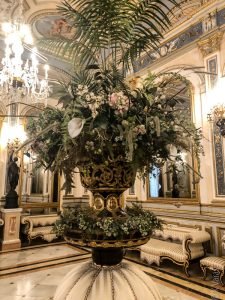
Museu Nacional de Ceràmica, Redux
The magnificent Palacio del Marqués de Dos Aguas beckoned once more and I had to answer its call. You may not remember, dear Reader, but my first visit here about a month ago was rudely interrupted due to the late hour (i.e. lunch) when I was unceremoniously kicked out midway through my visit. Determined to see everything I had missed, my new companion and I took the opportunity of another lovely afternoon to remedy the situation. Since we were already in the neighbourhood, now was the time to do it.

Since I had already seen the Gaudí & Trencadís exposition, I accompanied Ewa, though in spirit only. That is, I waited for her while watching the little video that was part of the exhibit multiple times, while she enjoyed learning about trencadís. Afterwards, we entered the main part of the house, via the magnificent staircase, only to be told by one of the attendants that the top floor of the museum, where, you may recall, the actual ceramics collection resides, was closed to visitors; no further explanation was offered. Honestly, it’s like I’m cursed and destined to never see this whole place all at once, and now poor Ewa, too, will be forced to come back to see the rest. Hmmm, that’s not actually all that bad, I may want to revisit it myself, after all, one can never get enough of a good thing, right?
Fortunately, I would finally see the other half of the main floor I had missed on the first visit. The first room we entered was the Sala de la Lumbrera, which I would call the Hall of Mirrors, considering how many mirrors were in it. We then made our way through the previously seen (at least by me) Chinese Room, Dining Room, Smoking Room, and the Gothic Room (which used to be just the landing, I believe). For pictures of these you will need to refer back to the appropriate Gallery (sorry!). Now we came to the private area of the floor, starting with the daily dressing room, equipped with a beautiful chaise longue and a stunning clock to remind the Marques to hurry up and get dressed. Next we found his actual bedroom, which, considering the opulence of the house so far, seemed rather understated, though his built-in bathtub was stunning, not to mention the ceiling! Why are the ceilings always so beautiful in these houses? And why are modern ceilings so darn boring?

I’m not quite clear on the purpose of the Sala de Confianza (Trust Room?) and now, looking back, I really regret not taking photos of all the room descriptions. Despite being a mystery room, it did have another magnificent clock in it. The next room, while not as mysterious, did seem a bit redundant, since this was the deluxe dressing room, begging the question why two were needed in the first place. It did, however, have a stunning light fixture, and the most intricate diorama of … itself? To be honest, I don’t know why I called it “diorama”, but calling it a “doll’s house” may be going a bit too far. Suffice to say, I truly appreciated the workmanship of the miniatures, being a huge fan of such things.

Next was the Sala de Porcelana and it truly did not disappoint. The intricate designs of everything in this room are exquisite: everything in the room is covered in porcelain though I can’t see what use the room would have had since it all seems too precious to touch. I guess the Marques’s children were not allowed anywhere near it; I suspect they were never allowed off the second floor where all the other sleeping accommodations used to be. The Marques liked to sleep alone. The next two room, the Red Room and the Pompeii Room, came next, preparing you, in a way, for the grandest room of them all: the Ballroom. It is, in fact, one of the most beautiful rooms I’ve even been in. It isn’t huge by palace standards, but it is magnificent with its mirrors, chandeliers, statues, damask-covered seats, and the massive flower arrangement in the middle. In the corners of the room stood a beautiful harp and fortepiano in one, and guitars in the other. And the ceiling! Oh, the ceiling! (Sorry for gushing again, but I really do love the ceilings.)
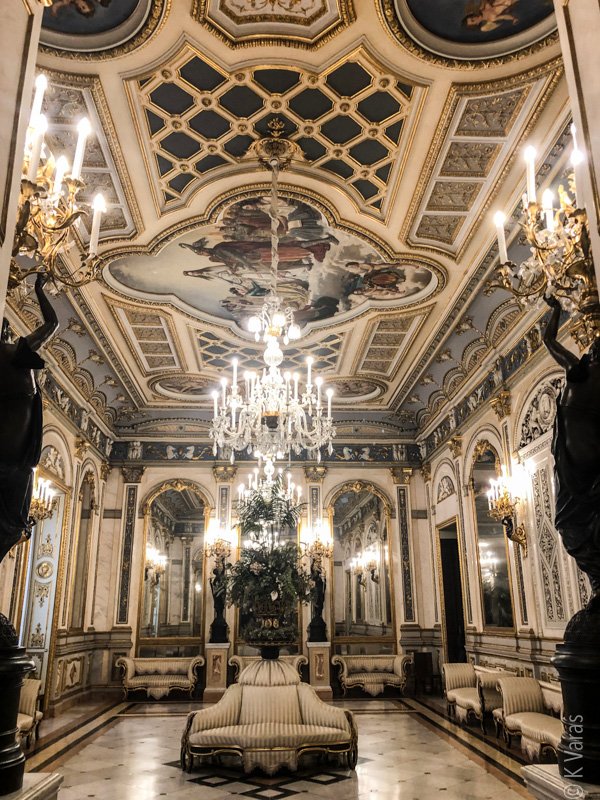
It isn’t difficult to imagine what it must have been like living in this palacio. I feel it was built at a very human scale, but what it lacks in size it more than makes up in aesthetics, inside and out. As we were walking out we kept saying how we had to come back yet again and feast on this architectural jewel many times over.

